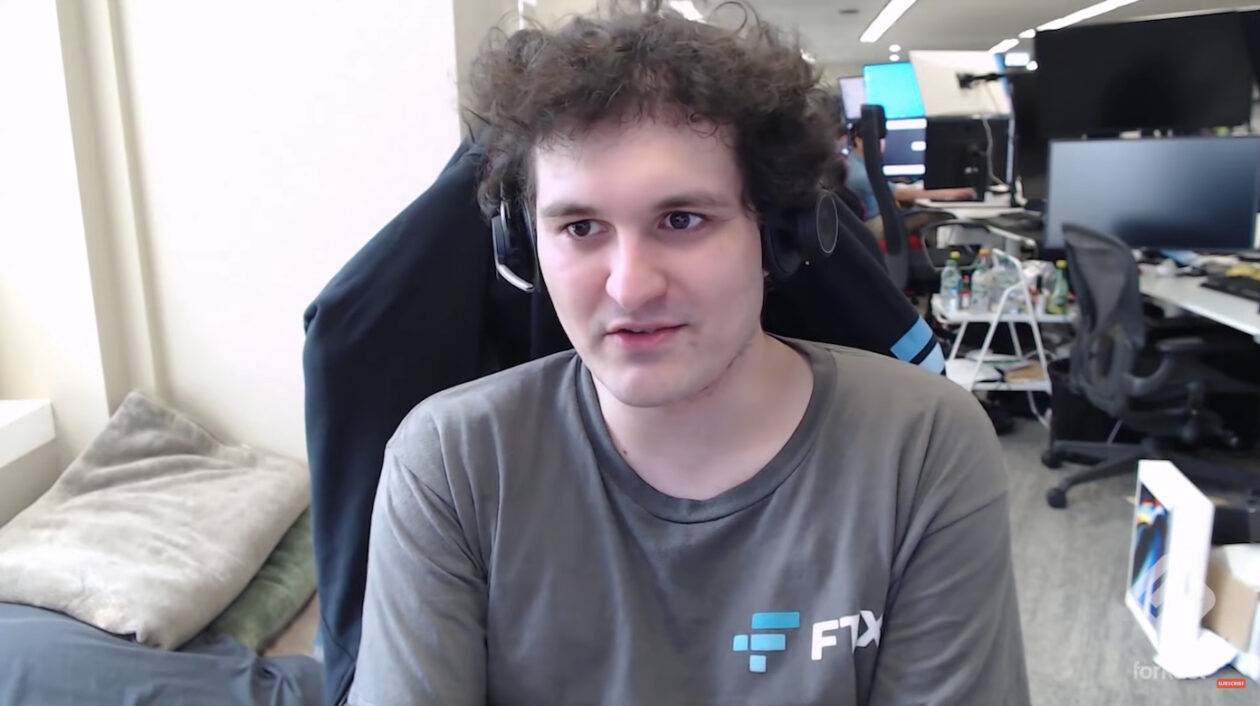FTX’s bankruptcy risk has risen since Binance dropped its offer to buy the cash-strapped crypto exchange, and there are not many white knights large enough to stage a rescue.
According to reports, Sam Bankman-Fried, the founder and chief executive officer of FTX, needs US$8 billion to dig his exchange out of this hole.
“Once the second largest crypto exchange globally, FTX has told investors that without more capital, bankruptcy is likely,” Steven Innes, partner at SPI Asset Management, told Forkast in an interview on Wednesday.
Henry Liu, CEO of crypto exchange BTSE, said there are not many institutions that are large enough to save FTX.
“Bankruptcy is likely,” Liu said. “FTX has many lending counterparties throughout the industry, and its potential default on obligations to them could impact other crypto platforms over the next few weeks.”
Concerns about a liquidity crisis at FTX got serious on Sunday when Binance said it would liquidate its FTX Token (FTT) holdings. The issue escalated on Tuesday when many FTX users reported they were unable to withdraw assets from the platform.
As a result, investors have been pulling out crypto from global exchanges. On Wednesday, over 5.2 billion stablecoins moved out of exchanges tracked by on-chain data provider CryptoQuant, the most since June 15.
The FTX insolvency saga also put pressure on U.S. regulators and lawmakers as the crypto industry blamed the lack of regulatory clarity for pushing U.S. investors to trade in offshore exchanges, such as FTX.
Shoring up investor confidence
As the FTX empire fell apart in a matter of days, so did investors’ confidence in crypto.
“Crypto investors are paranoid right now, and rightfully so,” Rachel Lin, cofounder and CEO of Singapore-based decentralized derivatives exchange SynFutures, told Forkast on Thursday. “It’s not surprising that assets are moving out of centralized exchanges following FTX’s shake-up and can be considered a knee-jerk reaction that shouldn’t come as a surprise.”
Lin said that there’s a fear of contagion and investors are inclined to mitigate risk by observing from the sidelines, “waiting to see how the market reacts and plays out.”
“The humbling lesson here is that human nature is highly fallible and that we fall prey to speculation and greed all too easily,” John Gu, CEO of Singapore-based crypto trader AlphaLab Capital Group, told Forkast. “We should seek to control those risks, whether with regulation or smart contracts or both.”
In an attempt to shore up investor confidence, a number of centralized exchanges have promised to conduct and publish so-called Merkle-tree proof-of-reserves.
Kory Pak, CEO of decentralized identification service provider KEY3.id, told Forkast that the FTX thunderstorm will push centralized exchanges to be more transparent.
“This is perhaps the biggest positive impact the FTX event can bring to the industry,” Pak said.
Planting the Merkle-tree of transparency
A Merkle-tree is a kind of data structure that can be used by blockchains to ensure data integrity, and such Merkle-tree proof-of-reserves can prove that an exchange is properly accounting for clients’ crypto assets.
Changpeng Zhao, CEO of Binance, tweeted early Wednesday in Asia that Binance will start to carry out Merkle-tree proof-of-reserves, kickstarting fellow exchanges to adopt similar transparency models.
Lennix Lai, managing director at OKX, told Forkast in an interview on Thursday that it’s the right thing to do to release such documentation as the industry now needs to regain investor confidence, especially for big players. Lai vowed to implement the model within 30 days.
KuCoin has also said it will release proof-of-reserves or proof-of-funds in about a month.
Alicia Kao, managing director of KuCoin, told Forkast in an interview on Thursday that the exchange will “do lots of work” to ensure the safety of customers’ funds, and a proof-of-reserves could be “a very good [move] to let our users feel safe about their crypto assets on KuCoin.”
Kris Marszalek, CEO of crypto exchange Crypto.com, also tweeted that it will work to share its audited proof of reserves.
“It is to be hoped that, moving forward, crypto will be less about making a quick buck and more about decentralization, transparency, and integrity,” Mikkel Morch, chairman of Europe-based alternative investment fund ARK36, said.
Not everyone is convinced by Zhao’s advice.
“How do you know if the entity has outstanding loans? How do you know what contracts they’ve entered into?” Antonio Juliano, the founder of decentralized crypto derivatives exchange dYdX, asked in a Wednesday tweet.
Justin D’Anethan, institutional sales director of crypto finance firm Amber Group, told Forkast in a Wednesday interview that it would be hard for a crypto trading entity to operate efficiently and disclose its positions and holdings in a transparent manner.
“You do need a certain level of secrecy in order to just [trade] and execute orders in the right way for yourself and for your clients,” D’Anethan said. “So it’s not as easy as saying I want to be transparent and therefore I will be. There’s a trade-off here.”







